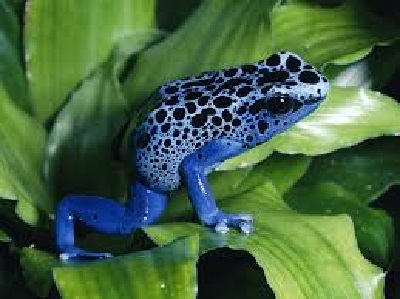Unit 2: Identifying Living Things
Unit 2: Identifying Living Things

Unit 2: Identifying Living Things
Unit 2: Identifying Living Things
Characteristics of Life
Biology examines living things' structure, function, growth, origin, evolution, and distribution. It classifies and describes organisms, their functions, how species exist, and their interactions with each other and the natural environment. Four unifying principles form the foundation of modern biology: cell theory, evolution, genetics, and homeostasis.
Most biological sciences are specialized areas of study. Biology includes biochemistry, cell biology, microbiology, immunology, genetics, physiology, zoology, ecology, evolutionary biology, and botany. Biochemistry is the study of the chemicals that make up life. Cell biology is the study of life at the level of the cell. Microbiology is the study of microscopic organisms. Immunology is the study of an organism's resistance to disease. Genetics is the study of how organisms pass traits to their offspring. The study of how the human body works is called physiology. Zoology is the study of animals. The study of how organisms interact with their environment and each other is called ecology. Evolutionary biology is the study of how populations and species change over time. Botany is the study of plants. The four unifying principles are essential foundations for every biology field. Applied fields of biology, such as medicine and genetic research, involve many specialized areas of study.
What Is Life?
Not all scientists agree precisely about what makes up life. Many characteristics describe most living things. However, with most of the traits listed below, we can think of one or more examples that would seem to break the rule, with something non-living being classified as living or something living being classified as non-living.
There is not just one distinguishing feature that separates a living thing from a non-living thing. A cat moves, and so does a car. A tree grows bigger, but so does a cloud. A cell has structure, but so does a crystal. Biologists define life by listing characteristics that living things share. Something that has all life's characteristics is considered to be alive. The duck decoy in the Figure below may look like a duck and act like a duck in that it floats about, but it is not alive. The decoy cannot reproduce, respond to its environment, or breathe.
An individual living creature is called an organism. Living organisms share many characteristics. They all:
- respond to their environment
- grow and change
- reproduce and have offspring
- have a complex chemistry
- maintain homeostasis
- are built of structures called cells
- pass their traits onto their offspring
Vocabulary
Lesson Reading
Videos and Interactives (Click on Images to View Content)

